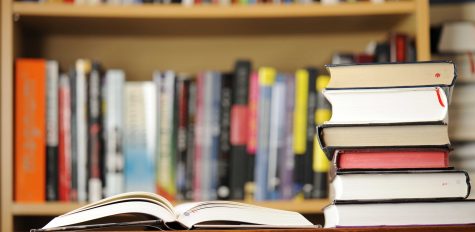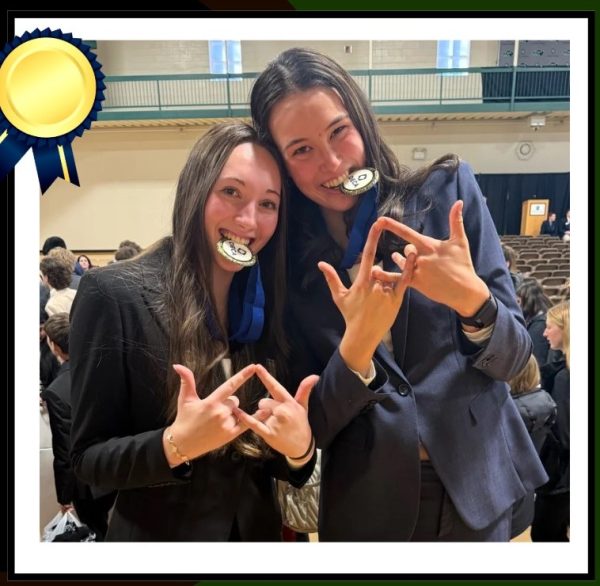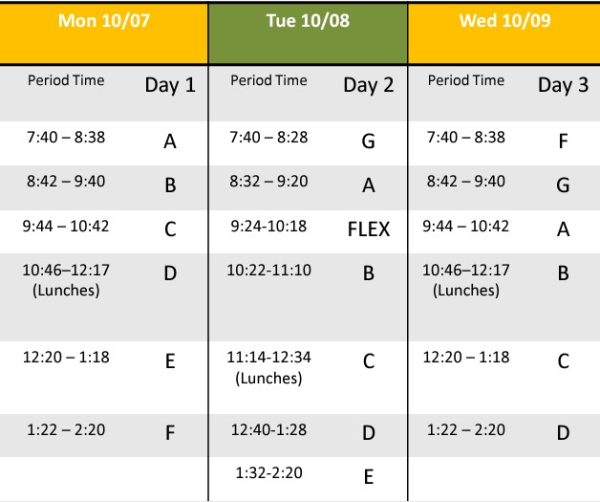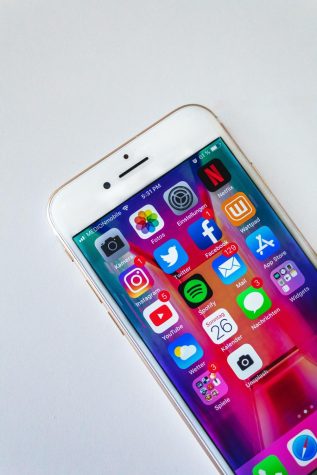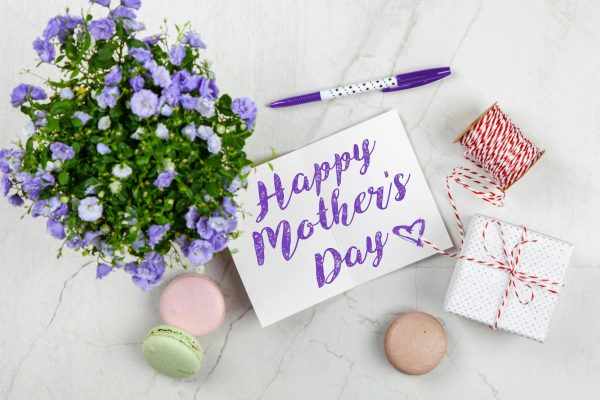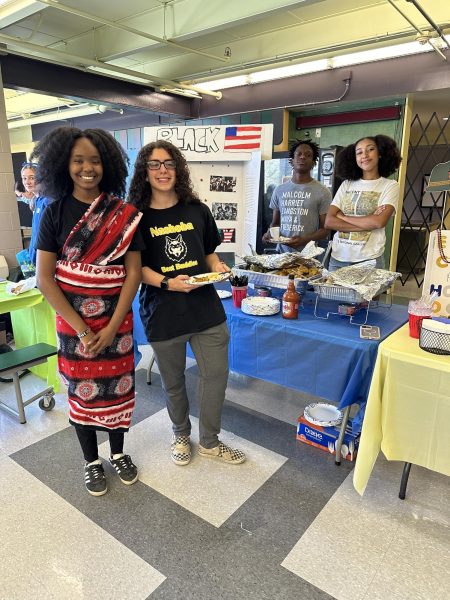“Mascot Article” Takes Nashoba Classrooms by Storm
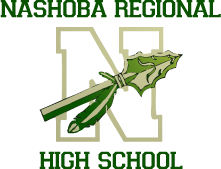
It’s been deemed “The Mascot Article,” and everyone at Nashoba is talking about it. Should we change our mascot? Is it racist?
Everyone has something to say on the topic. Casey Hallberg, an adamant supporter of keeping the mascot, says, “I personally don’t think we should change our mascot. We aren’t disrespecting the Native American community; rather we’re honoring them. A name like the Redskins is highly inappropriate, but I think something like the Chieftains is celebrating their life and legacy.”
The largest divide regarding this issue seems to have grown between teachers and students. Many English teachers and some history teachers have been using the topic in their curriculum in order to increase awareness and understanding of the issue. Freshman teachers in particular are placing a heavy emphasis on Native American culture in their classes.
The majority of accelerated and college-prep freshman English classes read The Absolutely True Diary of a Part Time Indian. They have used the themes of the book as a springboard for discussion and debate, with a large final project at the end of the unit.
English teacher Mr. Burks is one of these teachers who has incorporated this book into his curriculum. He commented on the subject, “It seems especially inappropriate for the culture of a subjugated people to be appropriated towards the construction of these mascots. I can definitely appreciate the sentiment that the Chieftain is celebrating the heritage of the area, but I’m not convinced that this is the effect of the mascot.”
While these teachers are in favor of changing the mascot, their students are not always in agreement. A large group of kids at Nashoba staunchly declare that we honor the mascot, and they take great pride in being Chieftains. For some others, it is a matter of being unaware of the effects of our mascots on other cultures.
Regardless of opinions, the “mascot article” has made an impression on Nashoba. When Mr. Burks introduced the topic to his class, many students joined in the debate: “My students were highly engaged with this activity, and many students that I don’t typically hear from actively participated,” Burks said.
After the discussions concluded, few opinions actually changed. Mr. Burks remarked, “Despite their research, my students tended to favor the side of keeping the Nashoba mascot vs. changing it. Overall, my students expressed that many Native mascots have the potential to be highly offensive, but that Nashoba’s was appropriate due to the lack of an offensive name or a focus on skin color.”
To Mr. Burks, this was a particularly troublesome conclusion: “As an individual of Native descent (Pamunkey Powhatan), I found this to be pretty disappointing. My personal opinion, and there is plenty of research in support of this opinion, is that mascots such as (and much worse than) ours are inappropriate, most basically because people are not mascots,” he wrote.
Mr. Castner also brings up the issue in his U.S. History classes, but with a more historical-based lens. In his classes, students are given the facts in order to generate their own well-educated opinions, and not much time is dedicated to debating the issue. Based on his observance of students’ reactions, Mr. Castner said, “My sense is that there is a small number of students who are concerned about the mascot; there is also a contingent of athletes who would be very upset by any attempt to change the mascot.”
In addition to presenting the issue to students, Mr. Castner has also given a presentation to staff members on the history of the Nashoba Chieftain and why it is an offensive mascot. His presentation has brought a new awareness of the issue to staff in the building, and this has led to many teachers being more willing to bring up and encourage debates of controversial issues in their classes.
The mascot debate has also been brought to Nashoba’s Political Awareness Club. When asked about the division of opinions, Mr. Sak said, “I would say the breakdown in the debate was 2/3 mildly or moderately opposed to changing the mascot, and 1/3 in favor, and strongly so.
In Mr. Saks words, “Arguments for a change said that it is culturally insensitive; it is not a symbol that connects to the heritage of the overwhelming majority of students who have ever gone to the school, and it is ‘cultural appropriation.’ This would be a great opportunity for this generation of Nashoba students to put their stamp on the school for possibly the next 50 yrs or more.”
However, at the moment, Nashoba is focusing on educating about the mascot issue rather than jumping forward to change. Most students have at least discussed the topic in their classes, if not had a unit dedicated to the issue. In the near future, Nashoba students and staff will remain Chieftains, and only time will tell if a new mascot is in store.

